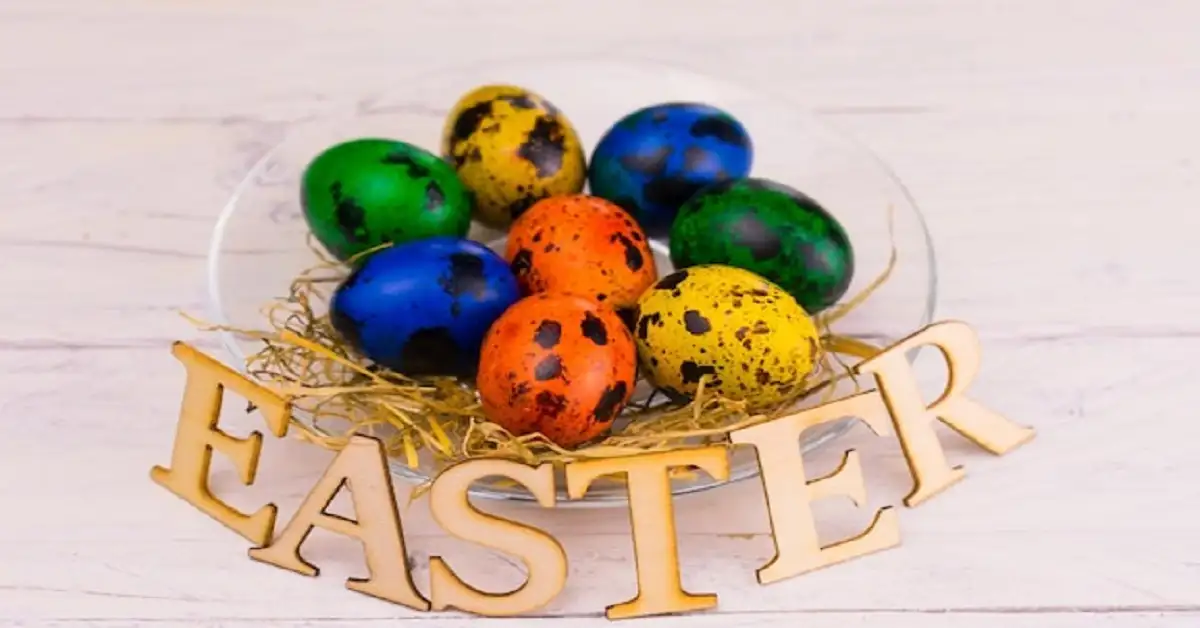Happy Easter: Celebrating the Resurrection with Joy and Tradition
Easter, a pivotal celebration in the Christian calendar, marks the resurrection of Jesus Christ from the dead, a foundational event for Christians worldwide. This joyous occasion is not only a time for religious reflection and worship but also a season filled with various traditions, festivities, and customs that bring communities together in celebration.
The Significance of Easter
Easter is celebrated on the first Sunday after the first full moon following the vernal equinox, typically falling between March 22 and April 25. The significance of Easter lies in its commemoration of the resurrection of Jesus Christ, which, according to Christian belief, occurred three days after his crucifixion by the Romans at Calvary around AD 30-33.
The resurrection is seen as the cornerstone of Christian faith. It signifies the victory of Jesus over death and sin, offering the promise of eternal life to all who believe in him. This profound event is documented in the New Testament, particularly in the Gospels of Matthew, Mark, Luke, and John, where the discovery of the empty tomb and Jesus’ appearances to his disciples are detailed.
Holy Week: The Journey to Easter
The lead-up to Easter is marked by Holy Week, a series of solemn and reflective days that recount the final days of Jesus’ life. Holy Week begins with Palm Sunday, which commemorates Jesus’ triumphant entry into Jerusalem. This is followed by Maundy Thursday, marking the Last Supper Jesus had with his disciples, and Good Friday, the day of Jesus’ crucifixion.
Each of these days holds unique services and traditions. On Palm Sunday, many churches distribute palm leaves to congregants, symbolizing the palms laid down before Jesus as he entered Jerusalem. Maundy Thursday services often include the washing of feet, mirroring Jesus’ act of humility and service during the Last Supper. Good Friday is observed with somber services that reflect on Jesus’ suffering and sacrifice.
Easter Sunday: A Day of Rejoicing
Easter Sunday is the climax of Holy Week and the entire Lenten season. It is a day of great joy and celebration, marked by uplifting church services that often include the singing of hymns, special liturgies, and the ringing of church bells. The traditional Easter greeting, “Christ is risen!” and the response, “He is risen indeed!” are exchanged among congregants, reinforcing the joyous message of resurrection.
In many cultures, the Easter Vigil, held on the night of Holy Saturday, is a significant part of the celebration. This service, which begins in darkness and gradually moves into light, symbolizes Jesus’ passage from death to life. The lighting of the Paschal candle and the renewal of baptismal vows are common elements of the Easter Vigil.
Easter Traditions and Symbols
Easter is rich with symbols and traditions that vary by culture but share common themes of renewal, rebirth, and joy. Some of the most recognizable Easter symbols include:
- Easter Eggs: Eggs have long been associated with Easter as symbols of new life and resurrection. The tradition of decorating eggs dates back centuries and is practiced in many parts of the world. In some cultures, eggs are dyed red to symbolize the blood of Christ, while others use elaborate designs and patterns.
- The Easter Bunny: Originating from German folklore, the Easter Bunny is a popular figure in many Western cultures. The bunny is said to bring Easter eggs to children, hiding them for a fun-filled egg hunt. This tradition has grown to include chocolate bunnies, egg-shaped candies, and other treats.
- Easter Lilies: These white, trumpet-shaped flowers are commonly used to decorate churches and homes during Easter. They symbolize purity and the resurrection, with their growth from dormant bulbs to beautiful blooms reflecting the resurrection of Jesus from the tomb.
- Hot Cross Buns: Traditionally eaten on Good Friday, these sweet, spiced buns marked with a cross are a popular Easter treat in many countries. The cross symbolizes the crucifixion, while the spices represent the embalming of Jesus’ body.
Modern Celebrations and Community Involvement
Easter is not only a religious event but also a time for family gatherings, community events, and festive meals. Many communities organize Easter egg hunts, parades, and festivals that bring people together in celebration. In some countries, such as Spain and Italy, elaborate processions and reenactments of the Passion of Christ are significant aspects of the Easter celebration.
Feasting is a common part of Easter, with traditional meals varying by culture. In the United States and the United Kingdom, roast lamb is a popular Easter dish, symbolizing Jesus as the “Lamb of God.” In Eastern European countries, a variety of meats, breads, and cakes are prepared and blessed in church before being enjoyed at family gatherings.
Conclusion
Easter is a time of profound spiritual significance and joyous celebration for Christians around the world. It is a season that brings together elements of faith, tradition, and community, creating a rich tapestry of customs that have evolved over centuries. From the solemn observances of Holy Week to the jubilant festivities of Easter Sunday, this holiday embodies the essence of renewal, hope, and the enduring message of the resurrection.
Karon Beach family resorts offer a perfect blend of relaxation and fun, with spacious accommodations, kid-friendly amenities, and beautiful beachfront views, ensuring an unforgettable vacation for the entire family.


